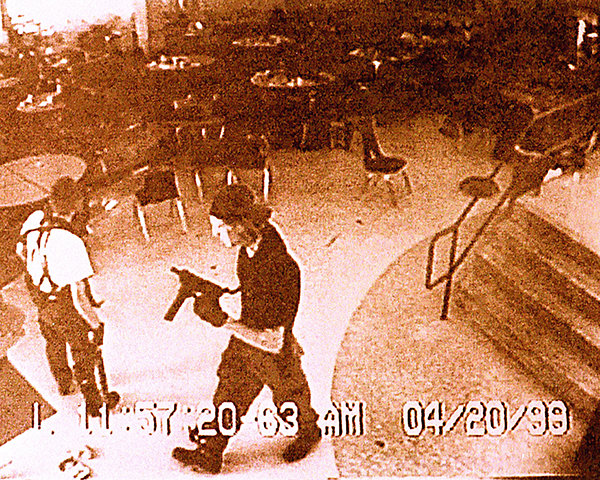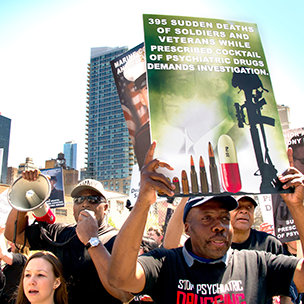Psychotropic Drugs: A History of Violence

In the last 28 years, there have been at least 47 acts of violence committed by those on or withdrawing from psychotropic drugs, leaving 194 wounded and 133 killed. Despite the 22 international warnings that these drugs cause hostility and homicidal ideation, psychiatrists still prescribe them at unprecedented rates.
What’s worse, though it is their drugs reeking the havoc, psychiatrists use each incident of violence to call for further drugs of mass destruction.
Here is a sample of what follows in their wake.
September 17, 2013, Washington, DC: Aaron Alexis, a Navy contractor, opened fire inside a building at the Washington Navy Yard, killing 12 and wounding eight others. Alexis had received prescriptions in August 2013 for the antidepressant Trazodone.
December 14, 2012, Newtown, Connecticut: In the third deadliest mass shooting by an individual in American history, Adam Lanza killed 20 children and six adult staff at Sandy Hook Elementary School before committing suicide.
Refusing to release Lanza’s medical records at the time of the shooting, Connecticut Assistant Attorney General Patrick Kwanashie said that identifying the antidepressants Lanza was on would, “cause a lot of people to stop taking their medications.”
“Goodrich had complained that he didn’t want to take the medication because it made him feel violent.”
October 24, 2011, Snohomish County, Washington: A 15-year-old girl went to Snohomish High School where police alleged that she stabbed a girl approximately 25 times, then stabbed another who tried to help her injured friend. Before the attack the girl had been taking psychotropic drugs.
October 26, 2009, Newport, Maine: Perley Goodrich Jr. beat his mother and fatally shot his father shortly after being injected with Trazodone in a psychiatric hospital. Goodrich had complained that he didn’t want to take the medication because it made him feel violent.
April 17, 2009, Middletown, Maryland: Christopher Wood shot and killed his wife, three small children and himself. Wood had been taking the antidepressants Cymbalta and Paxil and the anti-anxiety drugs BuSpar and Xanax.
September 23, 2008, Kauhajoki, Finland: 22-year-old culinary student Matti Saari shot and killed nine students and a teacher before killing himself. Saari was taking an antidepressant and Benzodiazepine.
October 10, 2007, Cleveland, Ohio: 14-year-old Asa Coon stormed through his school with a gun in each hand, shooting and wounding four before taking his own life. Coon was on the antidepressant Trazodone.
June 8, 2001, Ikeda, Japan: 37-year-old Mamoru Takuma, slipped into a school and stabbed eight first and second-graders to death while wounding at least 15 other students and teachers. He was on antidepressants.
December 26, 2000, Wakefield, Massachusetts: 42-year-old computer technician Michael McDermott had been taking three antidepressants when he hunted down employees in the accounting and human resources offices where he worked, killing seven.
April 20, 1999, Columbine, Colorado: 18-year-old Eric Harris and accomplice Dylan Klebold killed 12 students and a teacher and wounded 26 others before killing themselves. Harris was on the antidepressant Luvox. Klebold’s medical records remain sealed.
May 21, 1998, Springfield, Oregon: 15-year-old Kip Kinkel murdered his parents and proceeded to school where he opened fire on students in the cafeteria, killing two and wounding 25. Kinkel had been taking the antidepressant Prozac.

DONATE
As a nonprofit, mental health watchdog, CCHR relies on memberships and donations to help eradicate psychiatric violations of human rights and clean up the field of mental health. To become part of the world’s largest movement for mental health reform, join the group that has helped enact more than 180 laws protecting citizens from abusive mental health practices.


